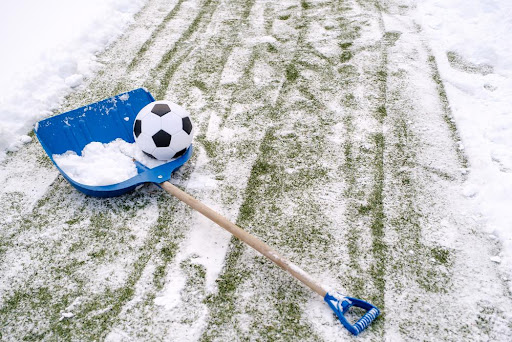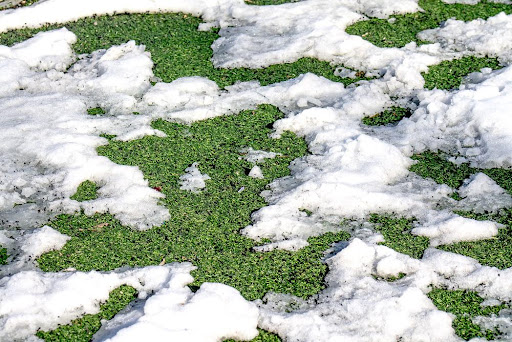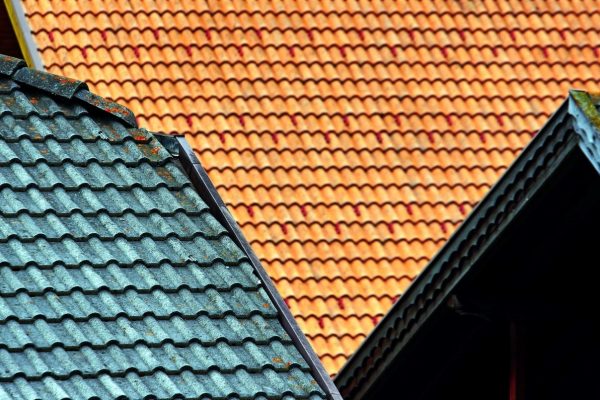Winter is just around the corner, and that means that all manner of homeowners with artificial grass are looking for top tips to maintain and protect their turf during the winter months. Installing artificial grass is a great solution for those who want a garden that they can use all year round; however, this isn’t to say that no preparation is required whatsoever. In order to ensure that your artificial lawn remains in pristine condition even in the winter months, a few steps should be taken. This way, your synthetic turf will remain in great condition during the winter and stay this way until spring finally rolls around again. To that end, detailed below are just some of the things you can do to winterize your artificial grass effectively.
Table of Contents
Prevent Mildew and Mold
In areas where sunlight is limited, and moisture is high, mildew and mold can start to develop. As a result, it’s important to remove debris like leaves from the surface so that the grass can dry and have contact with sunlight where possible.
Inspect for Damage
During the winter months, it’s particularly important that you inspect your artificial grass regularly for signs of wear or damage. This might include areas in which infill needs replenishing, loose seams, tears, or anything else. Upon identifying any one of these issues, you’ll need to address them with urgency; otherwise, you run the risk of them simply getting worse.
Maintain Proper Drainage
The winter months are when you’ll encounter the most wet weather, which is why it’s essential that proper drainage is maintained during this time. You’ll know that your drainage system is in trouble if water starts to pool on the surface, and this could indicate that your lawn is suffering from some blockages or clogs in the drainage channels. If this is the case, they should be cleared as needed. After all, when your synthetic turf is installed, the installation specialist will typically ensure that the base has the appropriate drainage system and slope.

Avoid De-Icing Chemicals
Paved surfaces and natural grass can be treated with de-icing chemicals; however, the same can’t really be done for artificial grass. This is because rock salt and other chemicals can harm the grass and even melt the backing, resulting in damage that can’t be undone. Therefore, if your synthetic turf requires unavoidable de-icing treatment, you should opt for a pet-friendly, non-toxic ice melt product, such as sand.
Remove Snow Promptly
It’s imperative that you remove snow promptly from your artificial lawn when snowfall occurs, as allowing it to sit for a while could lead to damage. Leaf blowers and plastic snow shovels can effectively remove snow; however, it’s vital that you don’t use tools with sharp edges, such as metal shovels. This is because these sharp objects could actually damage the fibers.
Brush the Fibers
In order to ensure that fibers aren’t matted down by ice and snow and that they remain upright, you should use a stiff-bristle brush or broom. You can use this to sweep the fibers in an upward direction, which will work to maintain the appearance and aesthetic of your synthetic lawn.
Clean Thoroughly
Before winter takes over, giving your artificial lawn a thorough cleaning is vital. This involves removing loose dirt, debris and leaves from the surface. In order to avoid issues being caused, this step is really important, as it works to prevent organic matter from decomposing on the surface.
The beauty of artificial grass is that it makes for a usable garden all year round. Make sure that is the case with the above tips.



